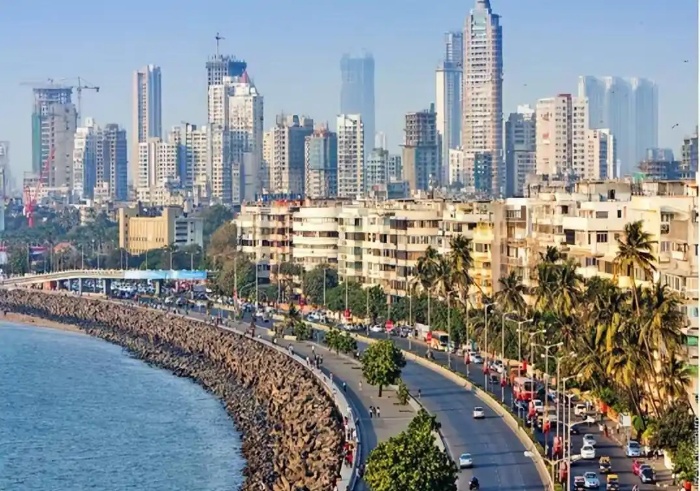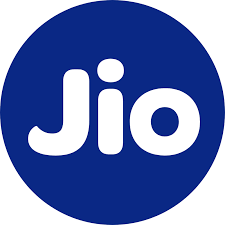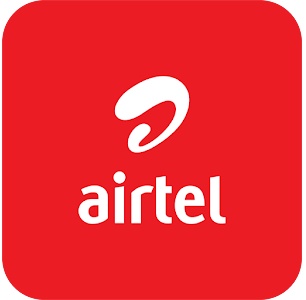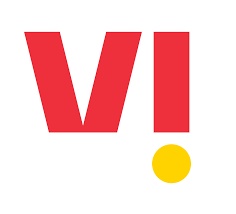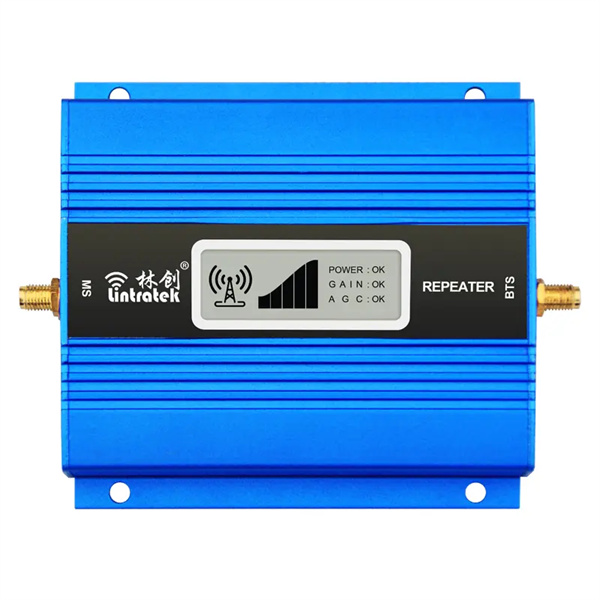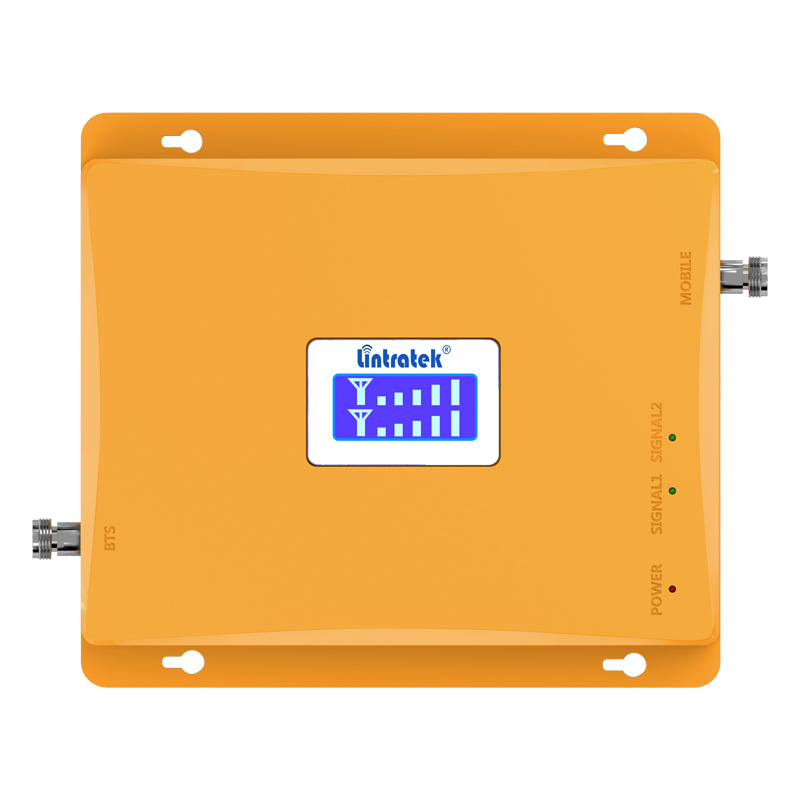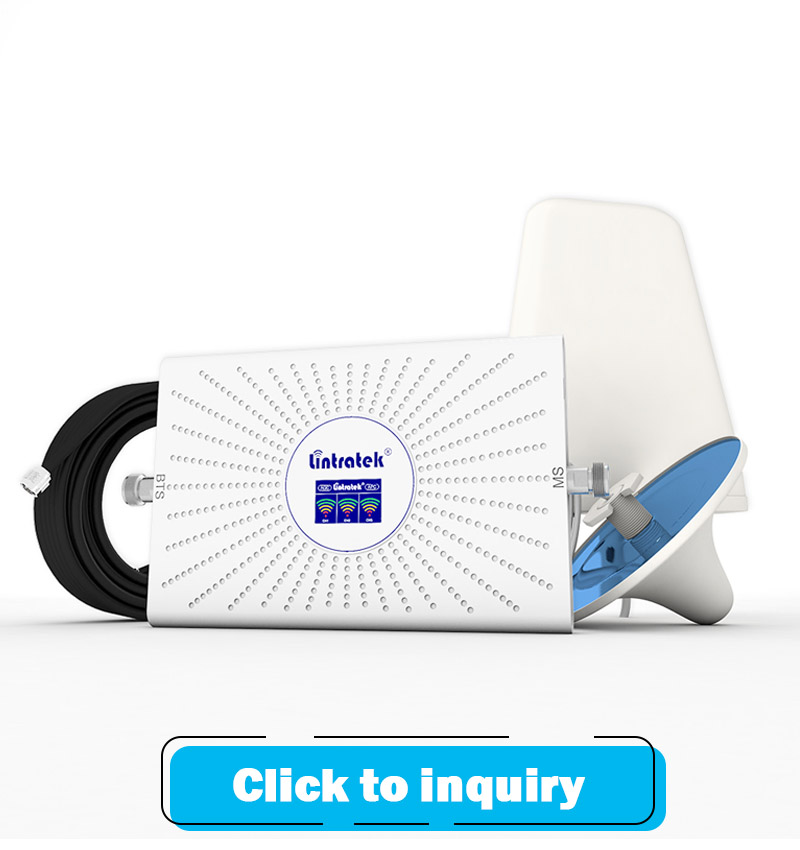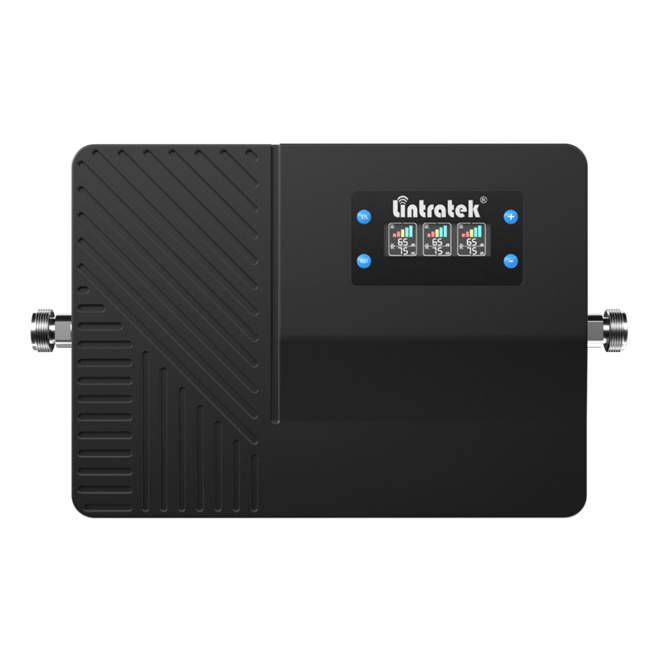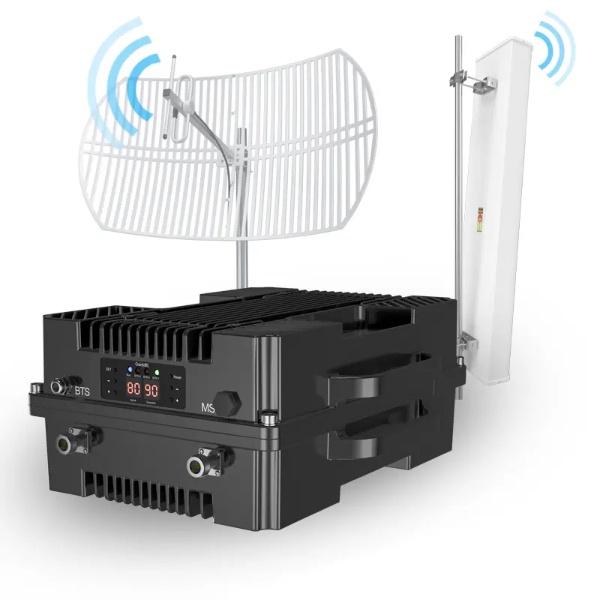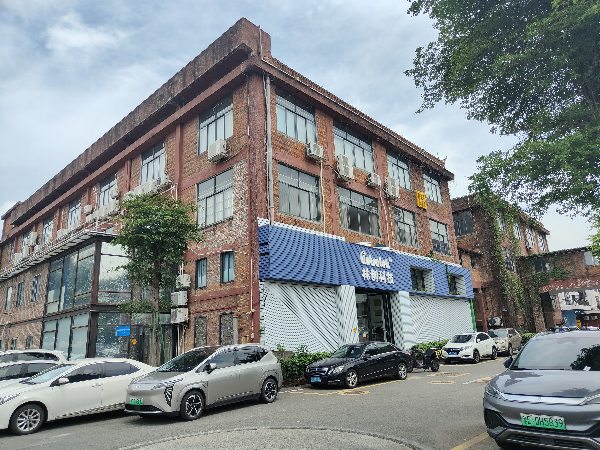Whether you’re in the heart of Mumbai or a remote village in rural India, mobile signal issues remain a common challenge. In today’s fast-developing economy—now ranked as the world’s fifth-largest—India has seen explosive growth in smartphone usage and mobile data consumption. But with this rapid progress comes a familiar issue: mobile signal dead zones.
This growing demand for better connectivity across cities and remote areas has made mobile signal boosters an essential part of India’s communication infrastructure—especially for commercial environments.
1. Why Mobile Signal Issues Are Rising in India’s Growing Economy
As India’s economy continues to boom, mobile signal issues have increased for several key reasons:
1.1. Mass Adoption of Smartphones
With improved income levels, more people can now afford smartphones. However, mobile network coverage has not kept pace with this demand. Signal blind spots are becoming more common, particularly in dense urban areas and new development zones.
1.2. Urban Development and Signal Obstruction
In fast-growing cities, new buildings often block mobile signals. High-rise offices, hotels, shopping malls, basements, and apartment complexes frequently suffer from weak indoor reception. This creates demand for commercial mobile signal boosters, designed to enhance signal strength in large or multi-floor buildings.
1.3. Poor Coverage in Remote and Rural Areas
In India’s rural and hilly regions, mobile towers are often far apart, leading to low signal quality. To solve this, long-distance commercial mobile signal boosters, such as fiber optic repeaters, are used to extend coverage over large areas.
1.4. Infrastructure Projects Need Reliable Connectivity
India’s rapid infrastructure development—including highways, tunnels, and underground metro systems—requires strong mobile signal coverage even during the construction phase. In fact, Lintratek’s commercial mobile signal boosters have been successfully deployed in several infrastructure projects across India.
2.What to Consider Before Buying a Commercial Mobile Signal Booster
When choosing a commercial mobile signal booster or a fiber optic repeater, it’s important to first identify the frequency bands used by your local mobile network operator. Using the wrong frequency will make the device ineffective.
Here’s a reference guide to major Indian operators and their frequency bands:
Jio
2G/3G/4G:
* LTE-FDD: Band 5 (850 MHz), Band 3 (1800 MHz)
* TD-LTE: Band 40 (2300 MHz)
5G:
* n28 (700 MHz) – wide-area coverage
* n78 (3300–3800 MHz) – high-capacity mid-band
* n258 (24.25–27.5 GHz) – mmWave for ultra-high speed
————————————————————————————————————————————————————————-
Airtel
4G:
* Band 5 (850 MHz), Band 8 (900 MHz), Band 3 (1800 MHz), Band 1 (2100 MHz), Band 40 (2300 MHz)
5G:
* n78 (3300–3800 MHz)
* n258 (24.25–27.5 GHz)
————————————————————————————————————————————————————————-
Vodafone Idea (Vi)
4G:
* Band 8 (900 MHz), Band 3 (1800 MHz), Band 1 (2100 MHz), Band 40 (2300 MHz), Band 41 (2500 MHz)
5G:
* n78 (3300–3800 MHz)
* n258 (24.25–27.5 GHz)
————————————————————————————————————————————————————————-
BSNL
4G:
* Band 28 (700 MHz), Band 5 (850 MHz), Band 8 (900 MHz), Band 3 (1800 MHz), Band 1 (2100 MHz), Band 41 (2500 MHz)
5G:
* n28 (700 MHz)
* n78 (3300–3800 MHz)
* n258 (24.25–27.5 GHz)
————————————————————————————————————————————————————————-
Note: These frequencies are for general reference. Always test the signal band in your exact location before purchasing a **mobile signal booster**. You can check your phone’s frequency using apps like Cellular-Z (for Android) or CellInfo / Network Cell Info (for iOS).
India’s fast-paced growth is creating more opportunities—and challenges—for mobile connectivity. Whether you’re upgrading coverage in a high-rise office or trying to get a signal in the mountains, investing in the right commercial mobile signal booster can make all the difference.
Understanding the frequencies used by local carriers and matching them with the appropriate mobile signal booster is key to solving India’s signal gap—now and in the years to come.
3.Recommended Mobile Signal Boosters for the India Market
KW13A – Affordable Single-Band Mobile Signal Booster
·Supports 2G 900 MHz, 3G 2100 MHz, or 4G 1800 MHz
·Budget-friendly option for users with basic communication needs
·Coverage area: up to 100m² (with indoor antenna kit)
This Lintratek KW13A mobile signal booster supports the 4G frequency bands used by BSNL, Airtel, and Vi in India
—————————————————————————————————————————————————————
KW20L – Dual-Band Mobile Signal Booster
·Supports 850 MHz, 1800 MHz, covering 2G, 3G, 4G
·Ideal for homes or small businesses
·Coverage area: up to 500m²
·Dual Band
This Lintratek KW20L mobile signal booster supports the 2G 3G 4G frequency bands used by Jio in India
—————————————————————————————————————————————————————————————-
AA23 – Tri-Band Mobile Signal Booster
·Supports 900 MHz, 1800 MHz, 2100 MHz (2G, 3G, 4G)
·Suitable for home and small commercial use
·Coverage area: up to 800m²
·Features AGC for automatic gain adjustment to ensure stable signal
This Lintratek AA23 mobile phone signal booster for all networks in India
Click here to learn more about our mobile signal boosters
Can’t find the right mobile signal booster? Just drop us a message — Lintratek will reply as quickly as we can!
——————————————————————————————————————————————————————–
High-Power Commercial Mobile Signal Boosters
With commercial mobile signal boosters, Lintratek offers frequency customization based on your local network bands.
Just let us know your location in India, and we’ll build the right booster for you.
For larger areas like offices, business building, underground, markets, and hotels, we recommend these powerful mobile signal boosters:
KW27A – Entry-Level Powerful Mobile Signal Booster
·80dBi gain, covers over 1,000m²
·Tri-band design to cover multiple frequency bands
·Optional versions supporting 4G and 5G for high-end venues
——————————————————————————————————————————————————————–
KW35A – Best-Selling Commercial Mobile Signal Booster
·90dB gain, covers over 3,000m²
·Tri-band design for wide frequency compatibility
·Highly durable, trusted by many users
·Available in versions that support both 4G and 5G, offering the ultimate mobile signal experience for premium locations
———————————————————————————————————————————————————————–
KW43D – Ultra-Powerful Enterprise-Level Mobile Repeater
·20W output power, 100dB gain, covers up to 10,000m²
·Suitable for office buildings, hotels, factories, mining areas, and oil fields
·Available from single-band to tri-band, fully customizable to project needs
·Ensures seamless mobile communication even in challenging environments
———————————————————————————————————————————————-
Click here to explore more powerful commercial mobile repeaters
Fiber Optic Repeater Solutions for Rural Areas and Large Buildings
In addition to traditional mobile signal boosters, fiber optic repeaters are ideal for large buildings and rural areas where long-distance signal transmission is needed.
Unlike conventional coaxial cable systems, fiber optic repeaters use fiber optic transmission, significantly reducing signal loss over long distances and supporting up to 8 km relay coverage in rural areas.
Lintratek‘s fiber optic repeater can be customized in frequency bands and output power to meet various project demands. When combined with a DAS (Distributed Antenna System), fiber optic repeaters offer seamless signal coverage in large venues like hotels, office towers, and shopping malls.
Post time: Jun-11-2025








